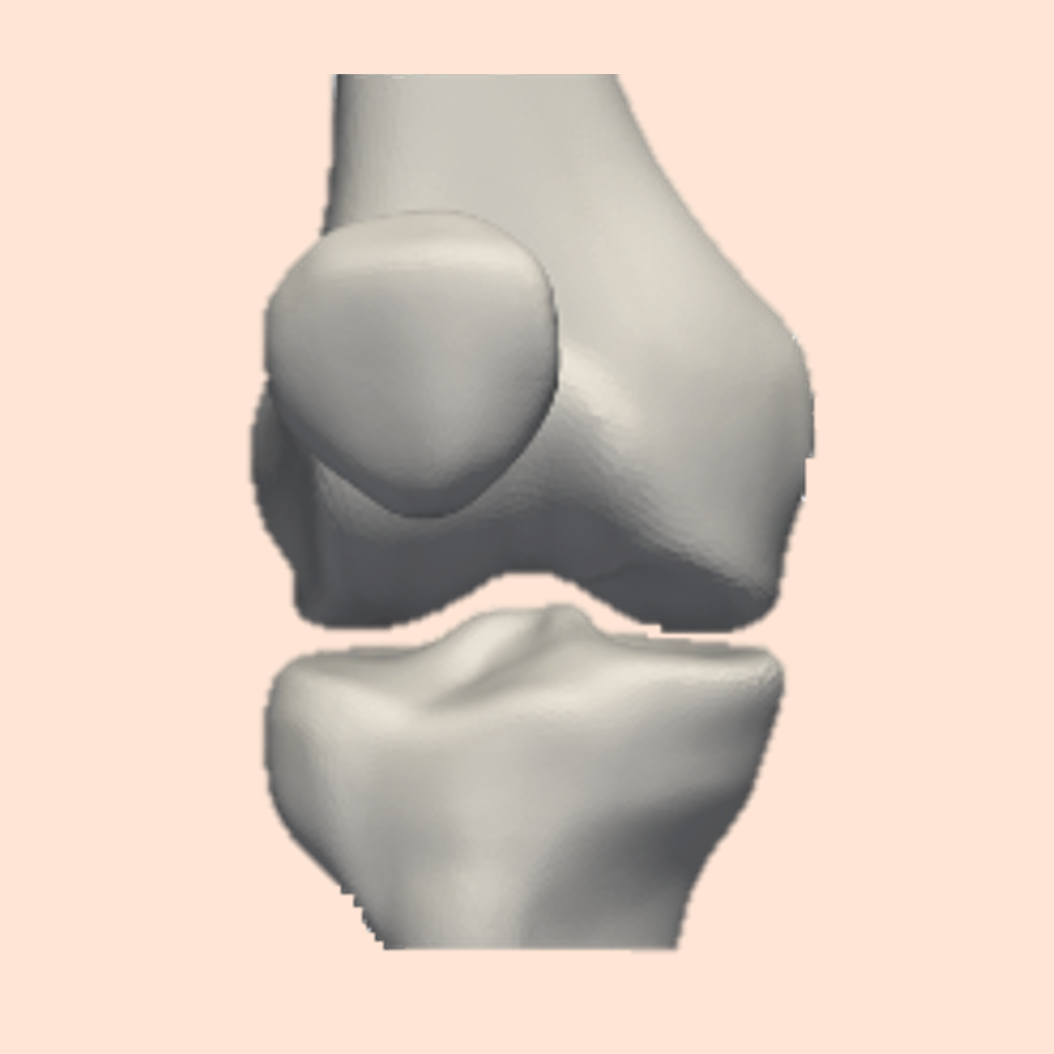Events
Apply to Participate in Virtual Office Hours for Biomechanical Modeling or Machine Learning Research Questions
We are pleased to announce we will be holding Virtual Office Hours to support researchers working with wearable sensors, video technology, and other modalities in rehabilitation research. These office hours are offered as part of Read more…




